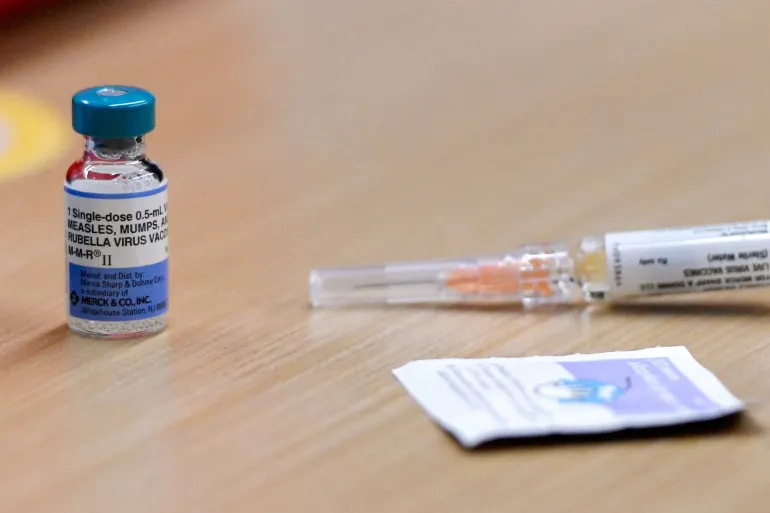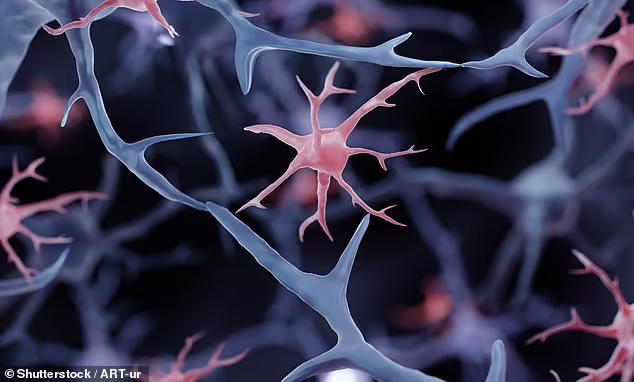In a groundbreaking development, researchers at the University of California, Irvine have pioneered a method to reprogram cells to potentially fight and even reverse brain diseases like Alzheimer’s, the Daily Mail reports.
The study, which has shown promising results in mice, could mark a major step forward in the treatment of neurodegenerative diseases.
The scientists successfully turned stem cells — cells capable of becoming any type of tissue in the body — into microglia, the brain’s immune cells. These modified cells were able to target and clear toxic protein plaques that build up in the brains of Alzheimer’s patients, significantly improving memory and brain function in the test animals.
Microglia, in their natural state, play a dual role in the brain. They are responsible for cleaning up plaque by releasing enzymes that break it down. However, over time, they can become overactive, leading to inflammation and further damage to healthy neurons. The researchers at UC Irvine have found a way to genetically reprogram these microglia using CRISPR gene editing to enhance their ability to clear plaques without causing harm to healthy brain tissue.
The breakthrough, which could represent a new approach to treating Alzheimer’s and other brain diseases, also addresses one of the biggest challenges in brain disease treatments: the blood-brain barrier. This protective layer of cells around the brain typically prevents medications from reaching the brain. However, because microglia are naturally present in the brain, the reprogrammed cells bypass this barrier and directly target problem areas.
“The real innovation here is that we’ve developed a living, programmable delivery system that resides in the brain and only activates when and where it’s needed,” said Mathew Blurton-Jones, co-author and professor of neurobiology at UC Irvine.
The therapy works by using the modified microglia to secrete an enzyme called neprilysin, which breaks down the amyloid plaques associated with Alzheimer’s disease. Crucially, neprilysin is only produced when the microglia come into contact with the plaques, ensuring that healthy brain tissue remains unharmed.
“This approach is highly targeted and effective, as the therapeutic enzyme is only released near the plaques, preventing unnecessary damage to healthy neurons and synapses,” said Jean Paul Chadarevian, the lead author of the study.
While the therapy has shown remarkable success in mice, there are still several hurdles before it can be tested in humans. The researchers emphasized that the next steps involve extensive safety testing and ensuring the scalability of the treatment, especially if it is to be used in human clinical trials. One potential solution could be to use a patient’s own stem cells to produce microglia, reducing the risk of immune rejection.
Alzheimer’s disease currently affects nearly 7 million people in the United States, with existing treatments focusing primarily on symptom management rather than offering a cure or reversing the disease. The researchers behind this new study hope that their work could eventually lead to therapies that go beyond slowing symptoms and offer real healing potential for Alzheimer’s patients.
Although human trials are still several years away, the early success of this research has sparked excitement in the scientific community. If the therapy proves successful in humans, it could revolutionize the way we treat not only Alzheimer’s but other neurodegenerative diseases, such as brain cancer and multiple sclerosis.
“This work opens the door to a new class of brain therapies,” said Robert Spitale, a co-author of the study. “Instead of relying on traditional drugs or viral vectors, we’re enlisting the brain’s own immune cells to deliver precision treatments.”










The latest news in your social feeds
Subscribe to our social media platforms to stay tuned